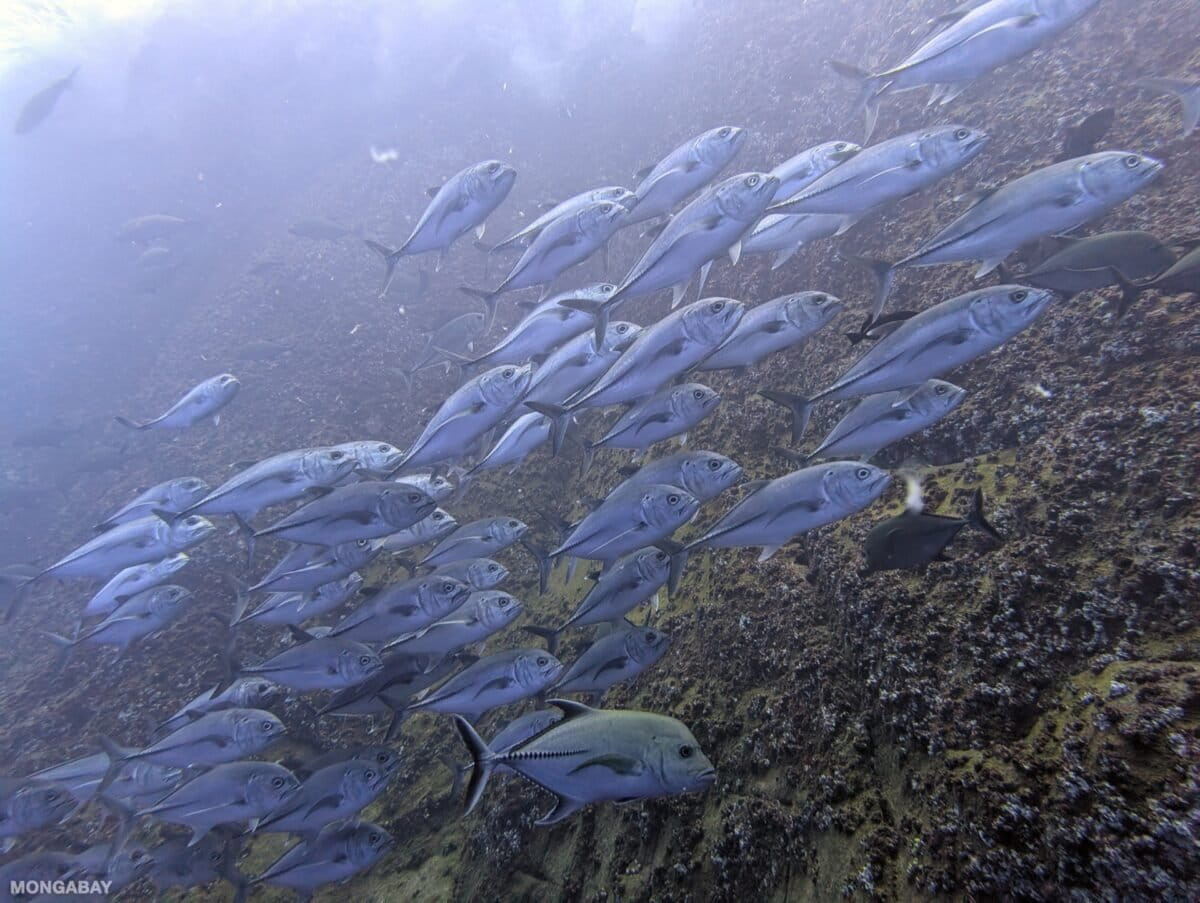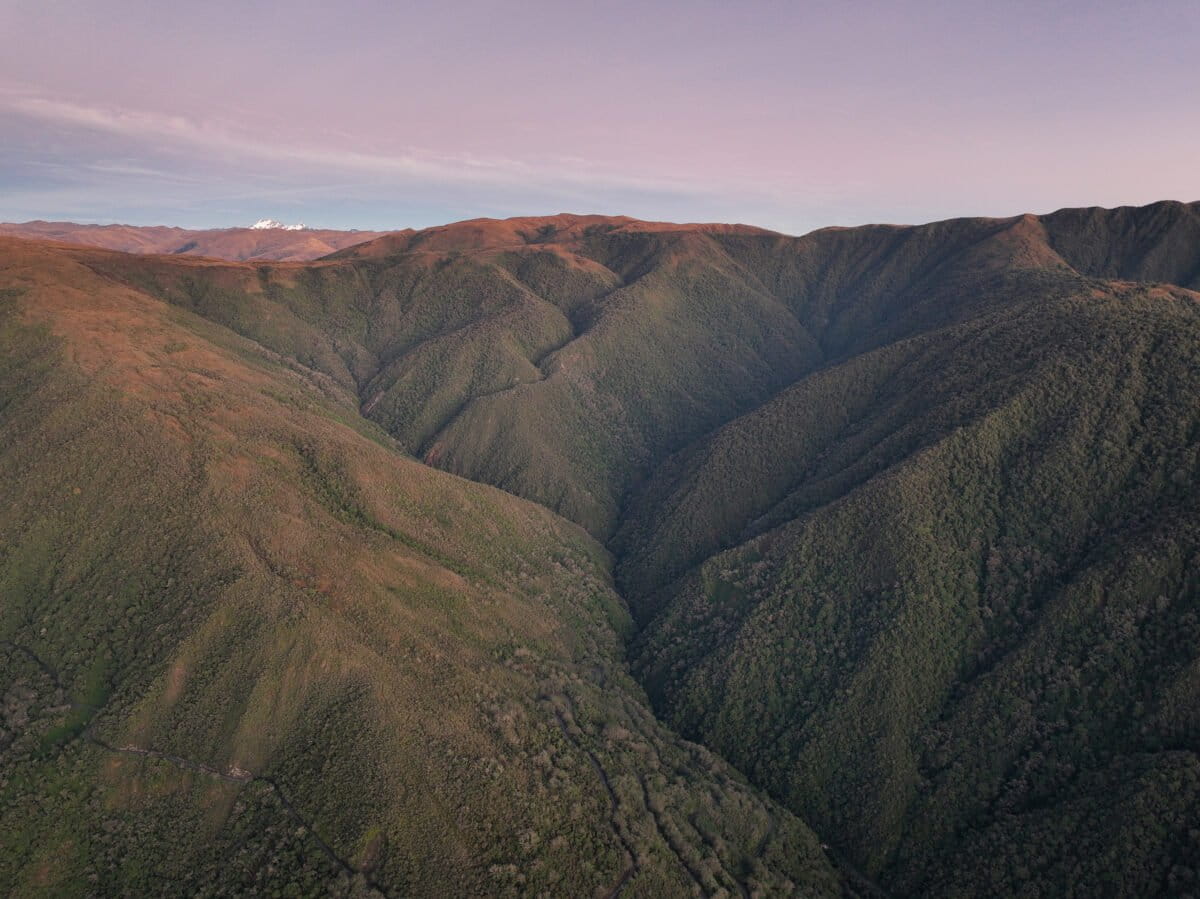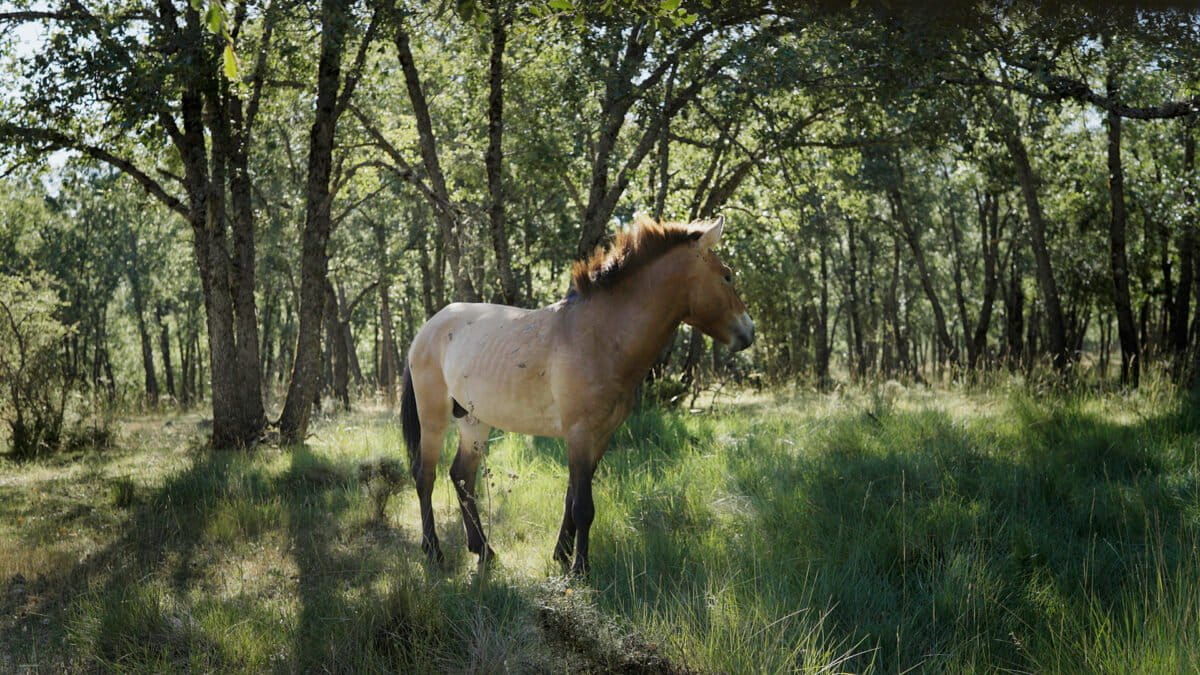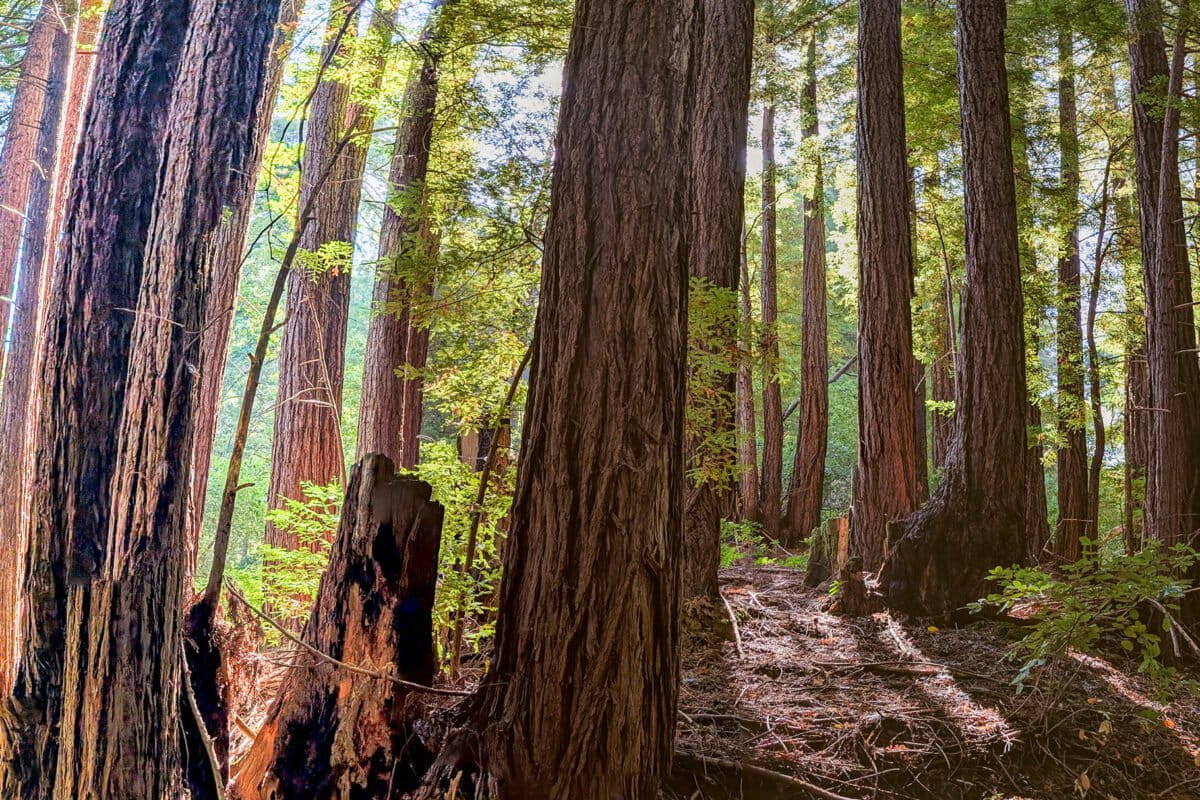Protected areas designed for yesterday’s climate are losing relevance as species shift habitats, spurring calls for larger, connected, and “climate-smart” reserves that can accommodate ecological changeConservationists are adopting once-controversial strategies such as assisted colonization and rewilding to help ecosystems endure hotter, drier, and more chaotic conditions.The promise of sustainable livelihoods tied to static ecosystems is fading, and new models will depend on managing shifting resources and co-designing resilience with local communities.NOTE: Mongabay recently produced a series of articles and videos on this topic. This post recaps some of the key themes that emerged.
See All Key Ideas
For most of its history, conservation has been about preservation: setting aside reserves, managing fisheries, and safeguarding livelihoods in ways that assumed tomorrow would look broadly like today. That assumption is now untenable. With global temperatures projected to rise by 3–5°C by the end of the century, the question is no longer whether ecosystems can be held in stasis, but whether they can adapt quickly enough to survive.
Oceans on the move
Few sectors illustrate the coming disruption more starkly than fisheries. Rising sea temperatures are already pushing commercially valuable species, from tuna to cod, into cooler waters. Small island states, heavily dependent on tuna migrating through their exclusive zones, face steep revenue declines as fish shift into the high seas where access is unregulated. In other regions, once-reliable stocks are collapsing altogether, depriving coastal communities of both food and income. Efforts to reform fisheries management—limiting catch, reducing by-catch, or creating marine reserves—were designed for stable conditions. They look increasingly fragile when the resource itself is shifting thousands of kilometers away.
 School of Great trevally (Caranx sexfasciatus) San Benedicto. Photo by Rhett Ayers Butler
School of Great trevally (Caranx sexfasciatus) San Benedicto. Photo by Rhett Ayers Butler
Adaptation is possible. Fisheries scientists urge investment in dynamic management tools, real-time monitoring, and governance arrangements that anticipate redistribution rather than clinging to historic boundaries. Without these, conflicts over access will intensify, undermining the very livelihoods conservation once promised to sustain.
Parks that move with the climate
On land, the dilemma is no less stark. Protected areas have long been the cornerstone of conservation, yet most were sited for their biodiversity under 20th-century conditions. As temperatures rise, habitats shift uphill or poleward, and species follow. A reserve that once harbored rare frogs or orchids may soon be inhospitable to them. Analysts now argue for “climate-smart” protected areas—larger, better connected, and designed to accommodate ecological change. Corridors between parks, long considered desirable, are fast becoming essential.
 The Kosñipata Valley on the edge of Manu National Park in Peru. Image by Rhett Ayers Butler
The Kosñipata Valley on the edge of Manu National Park in Peru. Image by Rhett Ayers Butler
Some experiments are under way. In the Peruvian Amazon, Manu National Park stretches from lowland rainforest to the high Andes, providing a natural staircase for species fleeing heat. But such examples are rare. Most tropical reserves are too fragmented to offer safe passage. Nor is it just a matter of boundaries: protected areas must be managed with local people, whose land-use decisions and ecological knowledge are critical for resilience. A fortress mentality may prove less effective than governance systems that enable adaptation.
The new conservation toolbox
Beyond maps and boundaries, conservationists are experimenting with tools once considered heretical. Assisted colonization—moving species into areas projected to remain climatically suitable—was dismissed as unnatural; it is now being tested for butterflies in Britain and trees in North America. Rewilding, once the preserve of romantics, is being recast as a strategy for resilience. Restoring bison, horses, or large carnivores is not only about symbolism but about shaping landscapes that resist fire, recycle nutrients, and retain water. These interventions carry risks of their own, but inaction carries greater ones.
 Przewalski’s horse in the Rewilding Spain project.
Przewalski’s horse in the Rewilding Spain project.
The stakes extend beyond biodiversity. Conservation has been justified partly on the promise of sustainable livelihoods: fishers assured of steady catches, farmers cushioned by intact forests, and communities buffered by wetlands. In a hotter world, those promises will be harder to keep. Livelihoods tied to static ecosystems may vanish. New ones—managing shifting fisheries, restoring fire-adapted landscapes, or stewarding corridors—will need to take their place.
Preparing for disorder
The emerging consensus is not that conservation is obsolete, but that it must be reimagined. Size, connectivity, and flexibility are now the guiding principles. Local participation is no longer optional but central. And success will be measured less by how closely ecosystems resemble a historical baseline than by whether they retain enough function to support life—human and non-human alike—under radically altered conditions.
The world conservationists are preparing for is one in flux: hotter, more chaotic, and marked by ecological surprises. The task is not to restore a vanished past but to secure a livable future. Whether today’s efforts will be relevant tomorrow depends on how quickly they abandon nostalgia in favor of resilience. The alternative is to watch, powerless, as both ecosystems and livelihoods slip beyond reach.


